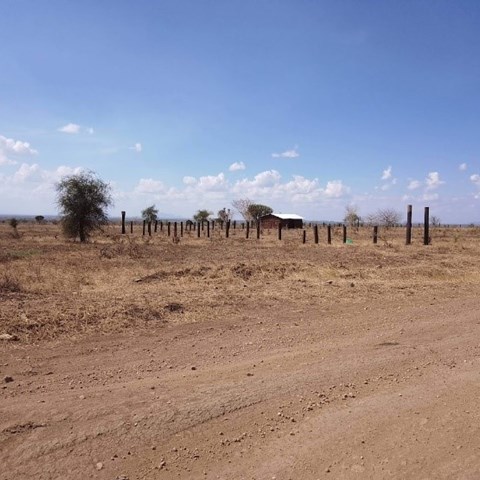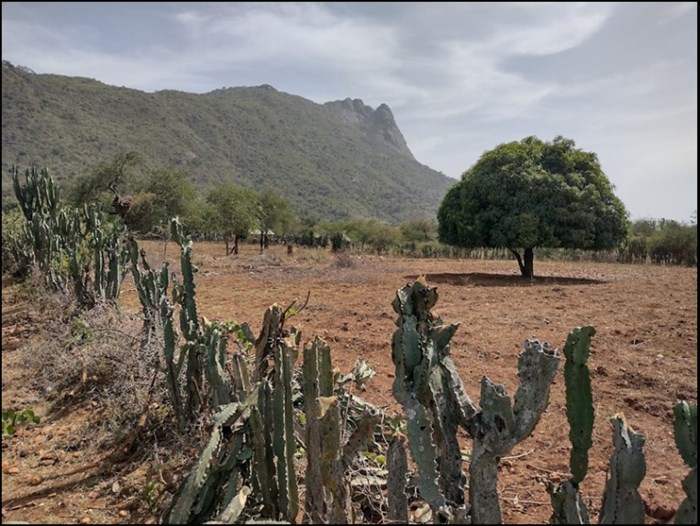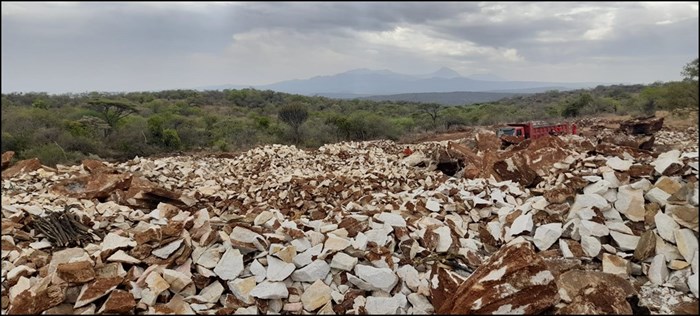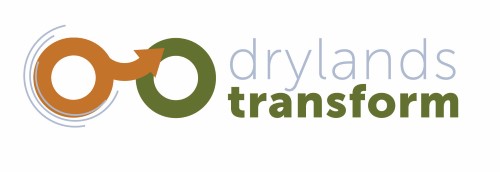Since 2010 and relative peace resulting from government programmes of disarmament of pastoralist communities, there has been an influx of development in Karamoja. The national government want to modernize the sub-region; they are promoting a more productive use of resources, in particular the economic exploitation of mineral wealth and fertile land.
The result has been a scramble for land among a variety of people including investors, speculators, and pastoralist community members. Land markets are emerging around mining, agriculture and infrastructure developments. Similar to West Pokot, buyers take advantage of pastoralists’ poverty.
Since 2019, drought and conflict have resulted in multiple failed harvests and diminished livestock numbers. Subsequently, many pastoralists have turned to ‘distress land sales’ as a last resort for survival. Some other - less vulnerable - rural people feel the need to secure land before others take it. A common practice is to sell off sections of their cultivated plots, invest the money in demarcating private land and building a (semi-)permanent house.
An increasing number of pastoralists that rent plots for cultivation are facing eviction due to their incapacity to afford rapidly rising rents. They, along with ‘distress land sellers’ and other sellers in search of land to secure and cultivate, are increasingly migrating to communal grazing areas to demarcate a new plot.
This phenomena of cultivating communal land is being encouraged by local and national government as a way to use the rangeland ‘more productively’. The trend towards individualised and exclusive land rights including the demarcation and fencing of individual plots, and movements of people to settle communal grazing areas is resulting in the loss of more-customary access rights for livestock grazing and other livelihood activities.
Because of the increasingly fragmented commons, pastoralist communities are becoming concerned about the viability of future livestock herding, which relies on communal land.
An increasing number of Karamojong communities are attempting to secure their land in the face of increasing fragmentation by acquiring communal land titles. For example, in an attempt to resist the covert nature of large-scale land acquisitions by mining companies such as Tororo Cement, and to avoid elite capture of mining company benefits, communities in Moroto District are seeking to title their land.
Similarly, communities in Napak District have joined forces to title and protect an area of communal grazing land from small-scale cultivators and large-scale land grabs.
The rise in individual and communal land titling has sparked conflicts over territorial and resource rights within and between communities. There have been heightened claims to ancestral and administrative jurisdiction, claims that are frequently promoted by leaders as part of their desire to control populations and resources. Conflict often results in violence; many interviewees commented on a new trend in violent attacks that aim to displace them from resource-rich areas.



